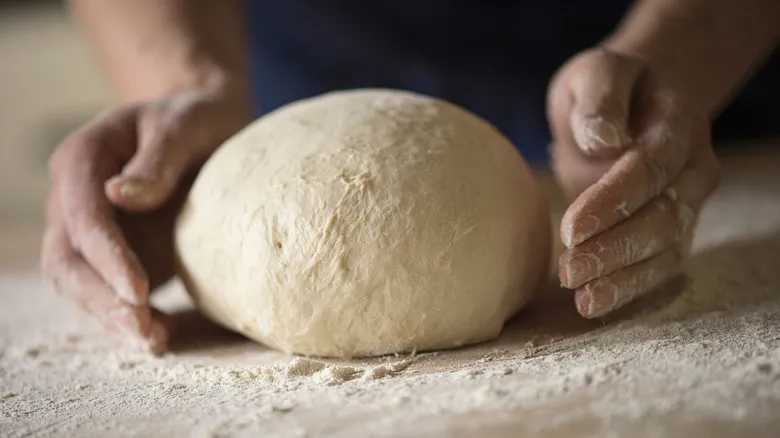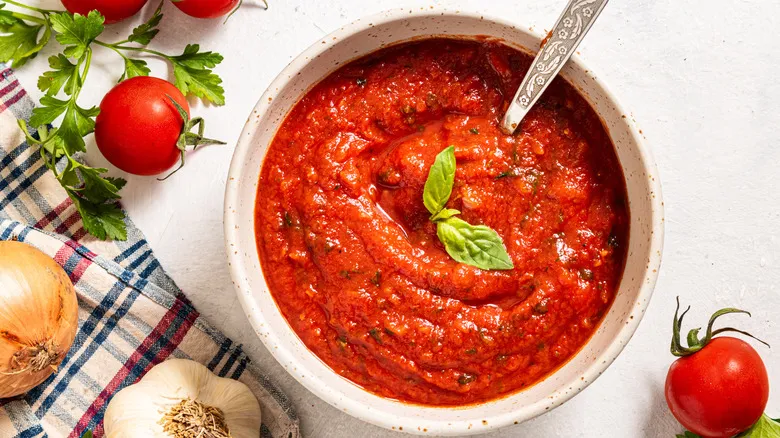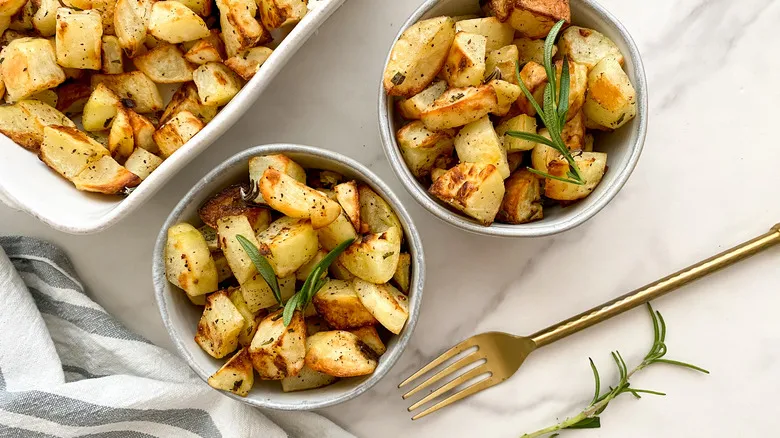Measuring without a scale
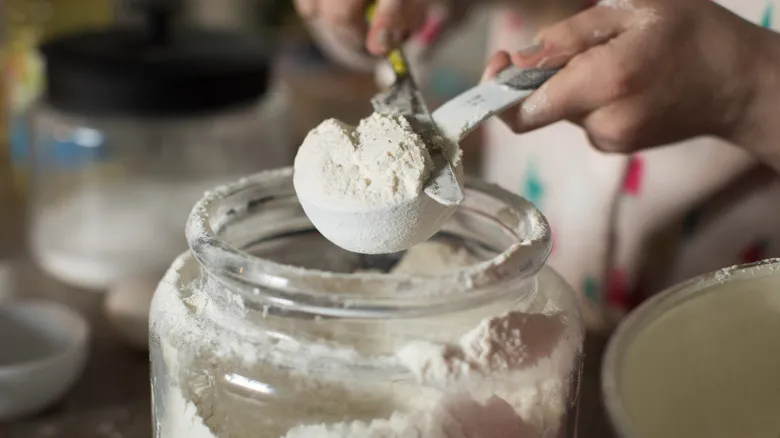
Using a scale is the best option, but what if you don’t have one available? You’re not prohibited from baking bread; you’ll just need to adjust your method. Before you start, it’s wise to ensure your flour is in good condition. First, check that your flour hasn’t expired and confirm that you’re using the correct type for your recipe, as bread flour and all-purpose flour produce different results. Adhering to the specified flour type in the recipe and ensuring it’s fresh is the first step toward achieving the best results.
Next, it’s time to measure. Instead of scooping directly from the bag or container, make sure the flour isn’t packed down. Begin by fluffing it with a spoon to incorporate air and loosen it up. If the recipe requires sifting the flour before measuring, you can skip this step. Then, gently spoon the flour into the measuring cup, taking care not to use the cup itself to scoop, as this will compact the flour. Once the cup is filled, use the back of a knife to level off the top. Avoid shaking or tapping the cup, as this will compress the flour and affect your measurement. This technique will help you get much closer to the precise amount your recipe needs.
Recommended
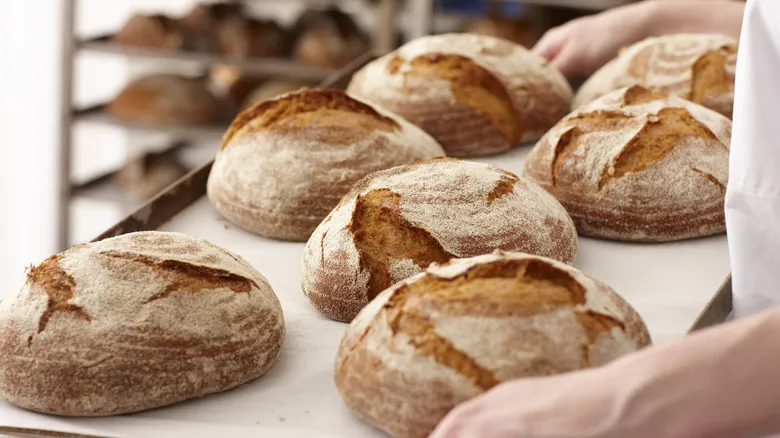
The Hardest Bread Baking Step And How To Get It Right
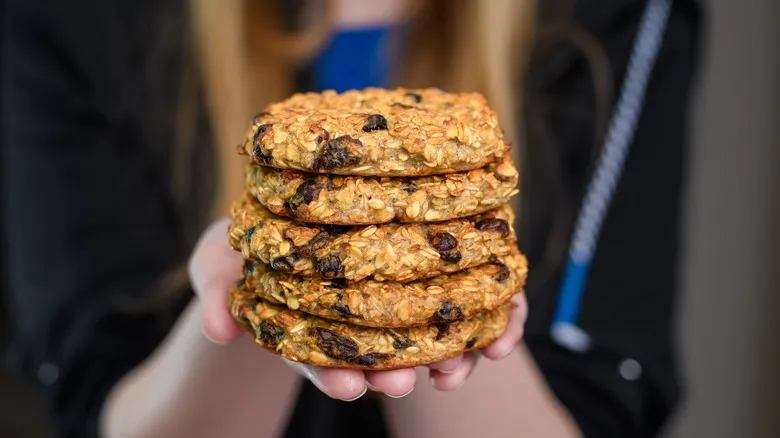
Bake Delicious Oatmeal Raisin Cookies With Duff Goldman's Pro-Tip

Make Your Cake Look Like Cherry Blossom Trees Inside With A Simple Trick
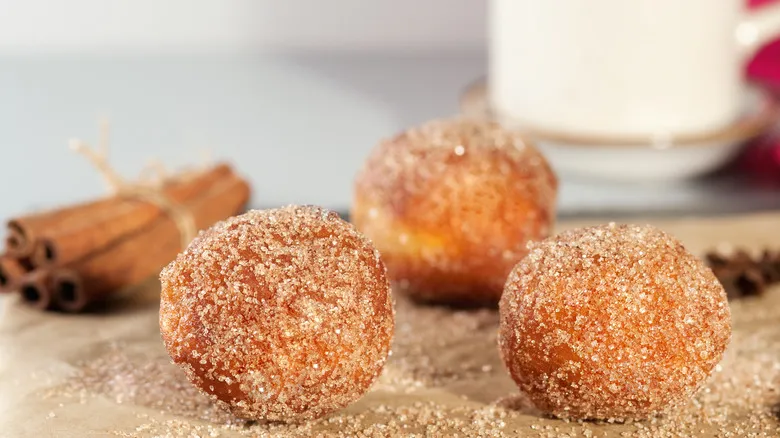
Transform Store-Bought Pizza Dough Into Air Fryer Donuts In 3 Easy Steps
Next up

